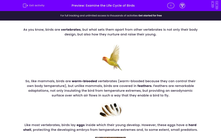As you know, birds are vertebrates, but what sets them apart from other vertebrates is not only their body design, but also how they nurture and raise their young.
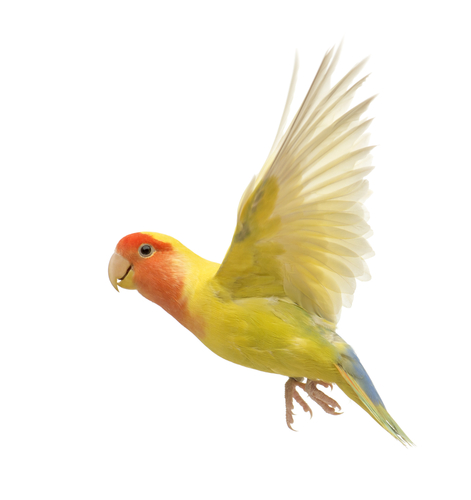
So, like mammals, birds are warm-blooded vertebrates (warm-blooded because they can control their own body temperature), but unlike mammals, birds are covered in feathers. Feathers are remarkable adaptations, not only insulating the bird from temperature extremes, but providing an aerodynamic surface over which air flows in such a way that they enable a bird to fly.
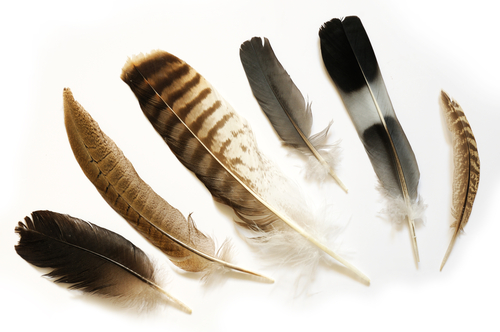
Like most vertebrates, birds lay eggs inside which their young develop. However, these eggs have a hard shell, protecting the developing embryo from temperature extremes and, to some extent, small predators.
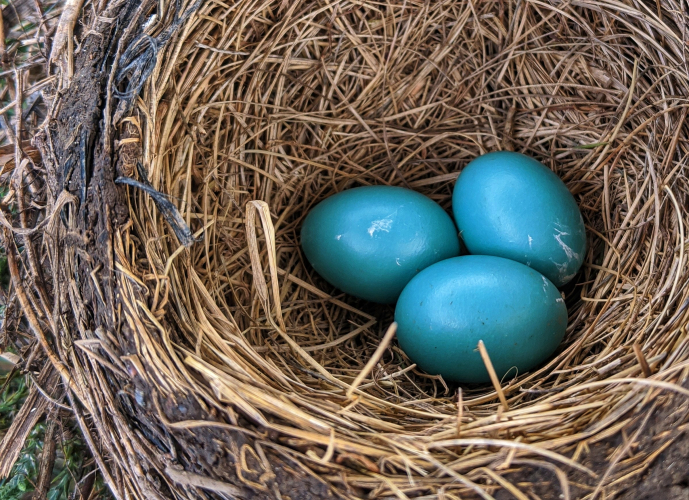
Many birds build a nest in which to lay their eggs, and (usually) the female bird settles down on the eggs to incubate them: that means that she uses her body warmth to keep them at the correct temperature for development and, to some extent, protect them from harm. During this time she is fed by the male bird who brings food to the nest.
After a period of incubation the eggs hatch out and the chicks emerge. They are fairly helpless at this stage, and unable to fly or look after themselves. So, the protection of the adult birds continues as they fly to and from the nest, bringing food to the youngsters.

During this time, nests are vulnerable to predators and, despite the protection of the parents, many nests are raided and the chicks eaten by predators such as magpies, cats and even squirrels.
The chicks grow and, when they are ready, practise stretching their wings, ready for their first flight. Once they leave the nest, the chicks are said to have fledged, although many of them will still be fed for a while by the parent birds.
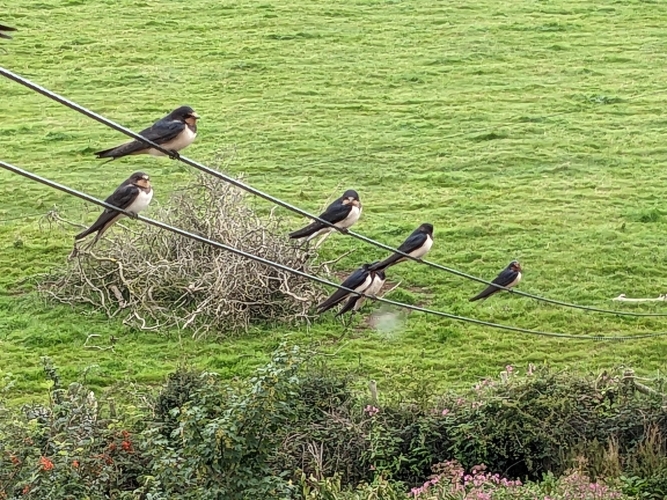
Now the young birds are ready to fly off, independent of their parents, and ready to establish their own territory and find their own mate with whom to raise young.
So, use this activity to help you explore and firm up your understanding of the life cycle of a typical bird. Have fun!

